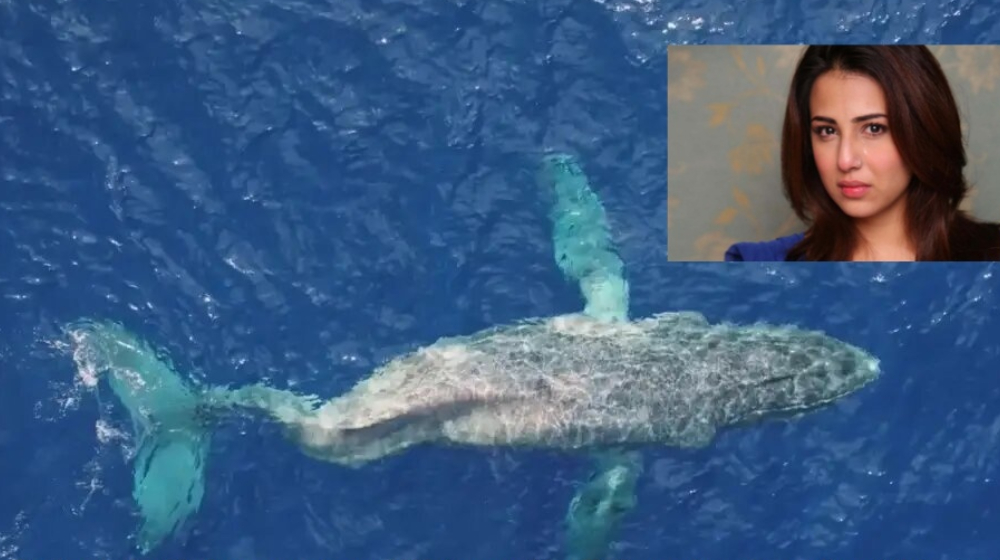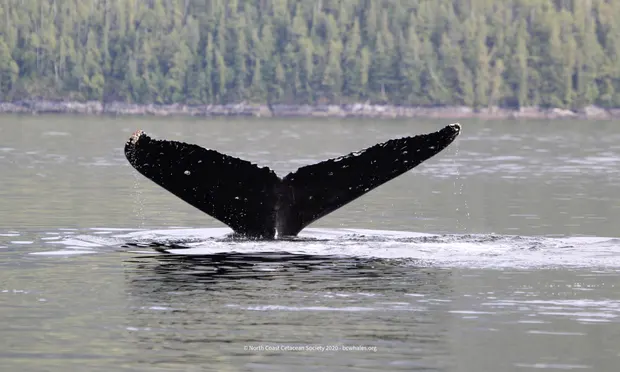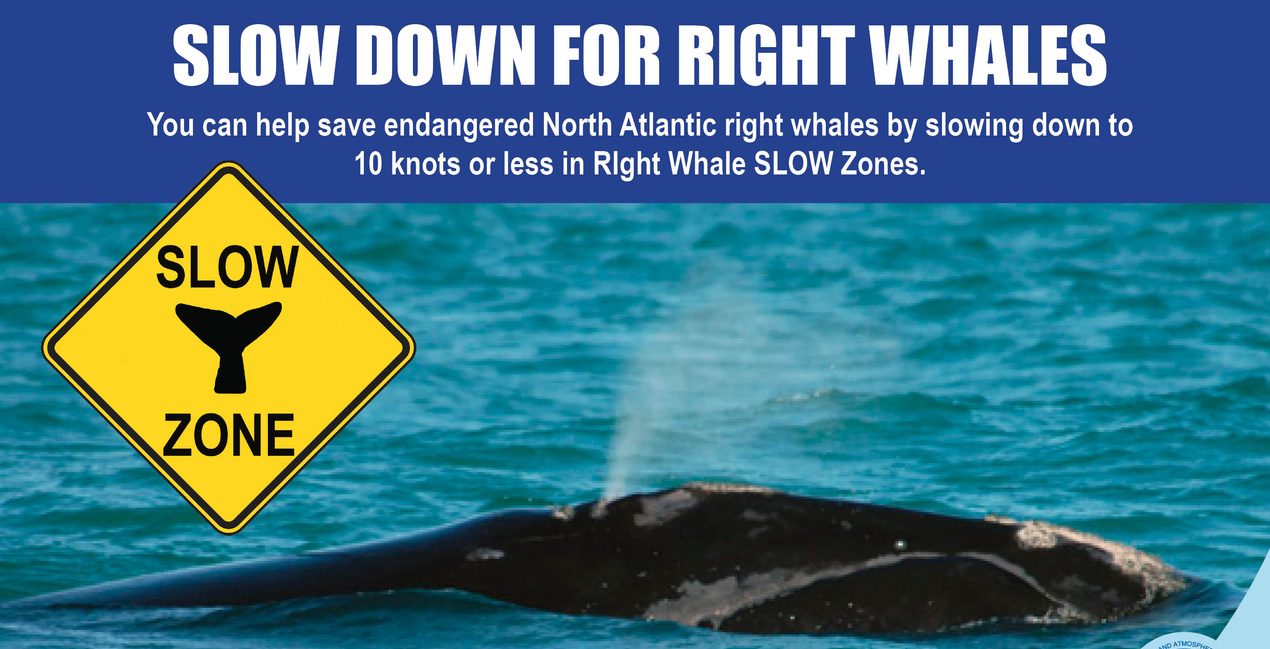Moon the humpback whale completed a journey of 5,000 km from the waters of British Columbia to Hawaii – all with a broken back, news of which upset animal lover and WWF-Pakistan Goodwill Ambassador, Ushna Shah.
She tweeted, “#moonthewhale is breaking my heart. Wishing her ease –
#moonthewhale is breaking my heart. Wishing her ease – ❤️
— Ushna Shah (@ushnashah) December 20, 2022
Every September for the past decade, researchers at Fin Island research station in Gitga’at First Nations territory have been spotting Moon when she appears in the coastal waters to gorge on nutrient-rich krill, and were overjoyed when she appeared with a calf two years ago.
However, a drone photographed a humpback whale with a serious injury to its lower back in September. The entire lower portion of its trunk bent into an unnatural ‘S’ shape – likely the result of a strike from a boat.
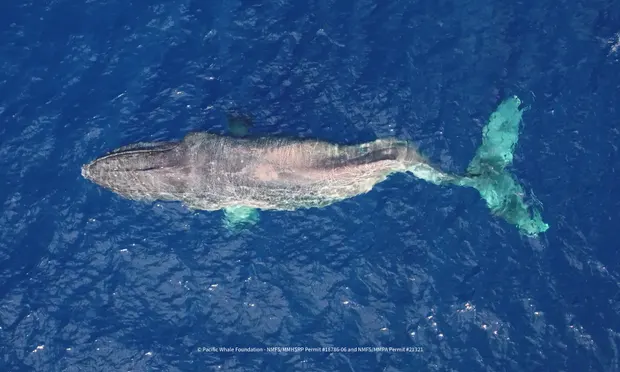
Janie Wray, CEO and lead researcher for BC Whales, which is a non-profit that studies cetaceans off the province’s west coast said, “It was one of those ‘oh my God’ moments when we learned it was Moon. It’s not like she has scoliosis or something that just came out of the blue – she was struck by something pretty hard. I’ve never seen anything like that in my lifetime as a researcher”.
Despite the severe injury, on 1 December, Moon was spotted off the coast of Maui, more than 4,800km from where the researchers first noticed her injury.
Wary explained her heartbreaking pacific journey,
Without the use of her tail, she was literally doing the breaststroke to make that migration. It’s absolutely amazing, but also it just breaks your heart.
Explaining why Moon had to complete her journey despite immense pain the researcher said, “This migration is part of their culture, their tradition. Moon was probably born in Hawaii. And she just goes back every single year, because that’s what her mother taught her to do. It’s been passed down from mother to calf. That’s likely what drove her to travel all that way with her injury.”
Wray said that there is little to be done for the whale. Attempts to euthanize Moon would require a cocktail of toxic substances that will later risk the marine life that would feed off her remains.
She’s suffering and yet she’s still alive. We know she’s not coming back to see us again. She is going to pass soon and we all feel: the sooner, the better.
He added that if Moon was on land they could intervene and do something for her but because of her size, nothing can be done and this breaks their hearts even more.
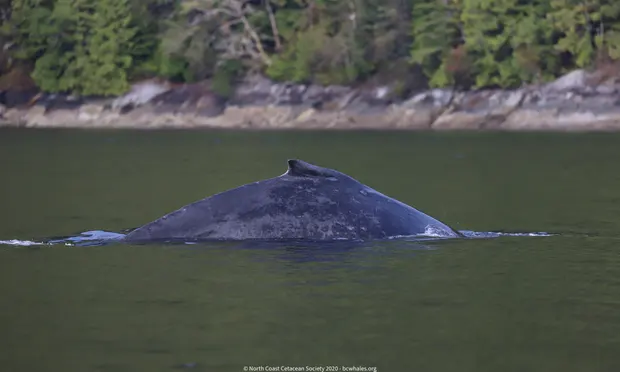
Moon’s crossing of the Pacific and the probability that she will soon die is a blatant reminder of the growing dangers for whales along Canada’s west coast as marine traffic clashes with the gentle marine giants.
Wray hopes that Moon’s story can serve as a cautionary tale for the devastating effects collisions can have on whales.
He said, “The most important thing to do is everybody needs to slow down, especially in areas where we know there are whales. It’s easy – just slow down. We have school zones. We need whale zones”.
Visit the celebrity portal to know more about your favorite stars.



